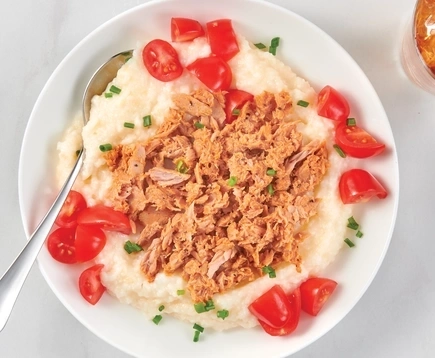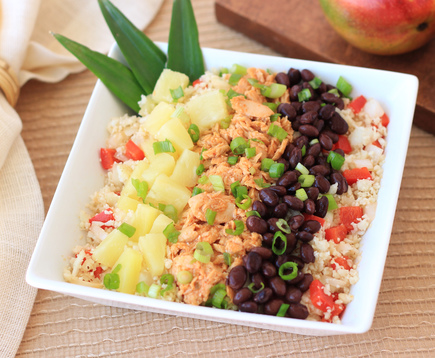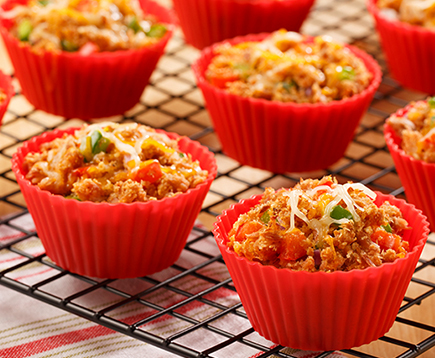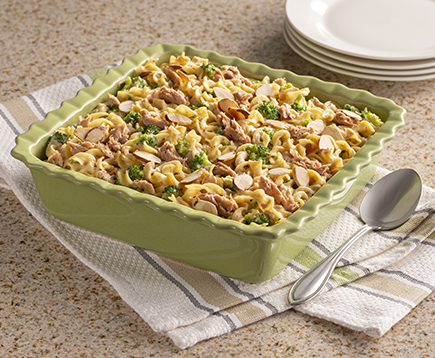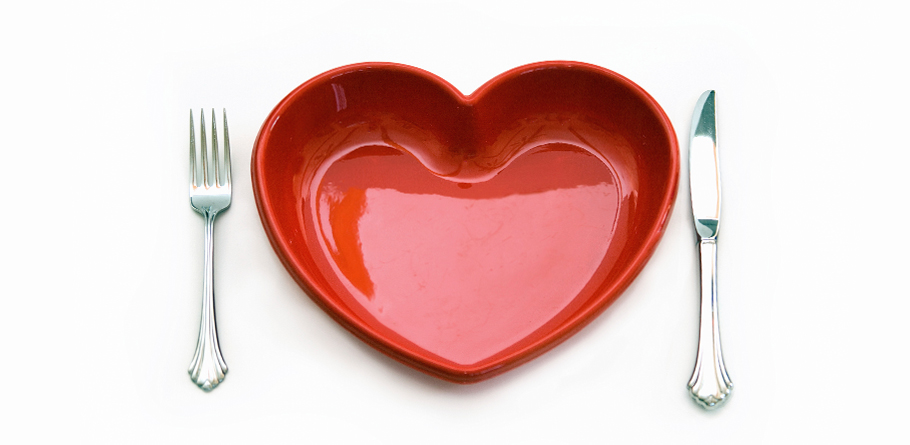
The good news is that it is possible to manage blood pressure by paying attention to what you eat, getting some exercise and, for some people, taking medication.
Did you know?
- High blood pressure affects over 30% of all Americans.
- Many more have pre-hypertension, or are at risk for developing hypertension.
- Hypertension, commonly referred to as high blood pressure, happens when the force of the blood pumping through the heart is high and pushes on the artery walls. This can cause weakness of the arteries, which can lead to heart attacks, heart failure and stroke.
- High blood pressure can also lead to vision loss, kidney damage and peripheral artery disease.
The good news is that it is possible to manage blood pressure by paying attention to what you eat, getting some exercise and, for some people, taking medication.
Seafood is an important source of omega-3 fatty acids, selenium and vitamin D. Research has consistently shown that people who eat diets that are rich in seafood have lower rates of heart disease, strokes and hypertension. A recent study found that EPA and DHA omega 3 fatty acids (from food as well as supplements) were at least as effective as other lifestyle modifications in lowering blood pressure in people with hypertension.
Both the Dietary Guidelines for Americans and the American Heart Association encourage all Americans to eat at least 2 servings of a variety of seafood a week to obtain an average of 250mg of DHA and EPA omega-3 fatty acids a day. Fattier seafood like tuna, salmon and sardines contain these omega 3 fatty acids.
In addition to eating seafood, other foods and lifestyle changes can also help manage blood pressure. The DASH diet (which stands for “Dietary Approaches to Stop Hypertension) incorporates seafood as well as other healthy foods and lifestyle habits.
Try these tips for eating to help manage your blood pressure:
- Add some dried fruit to your cereal in the morning.
- Fill half your dinner plate with vegetables.
- Have tuna fish or salmon on a salad for lunch, or if you like sardines – add them to a sandwich or salad for an omega-3 rich lunch!
- Order seafood when you go out to eat.
- Read labels for sodium content. For main dishes, keep it to less than 500 mg per serving and for sides or snacks aim for less than 200 – 250mg per serving.
- Exercise daily – if you don’t have time to exercise for 30 – 45 minutes at a time, break it up into 10 – 15 minutes 2 – 3 times a day.


